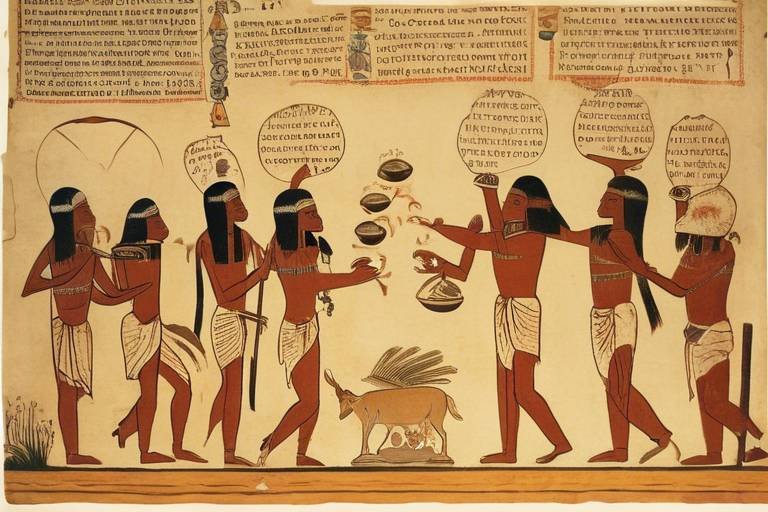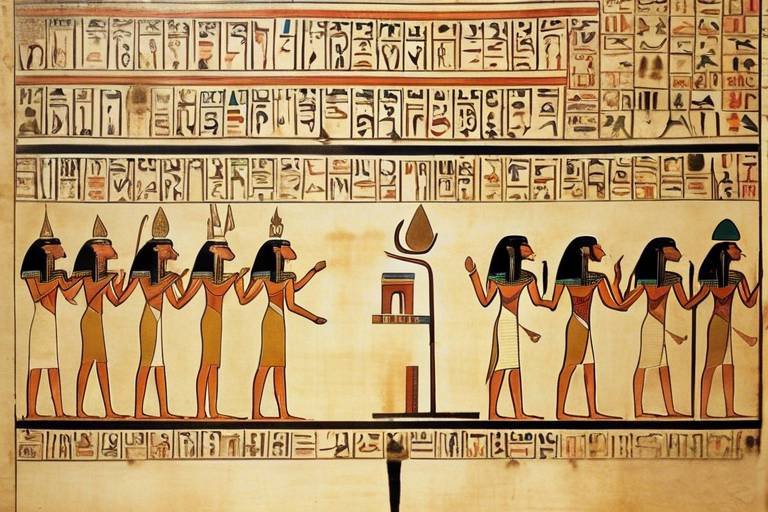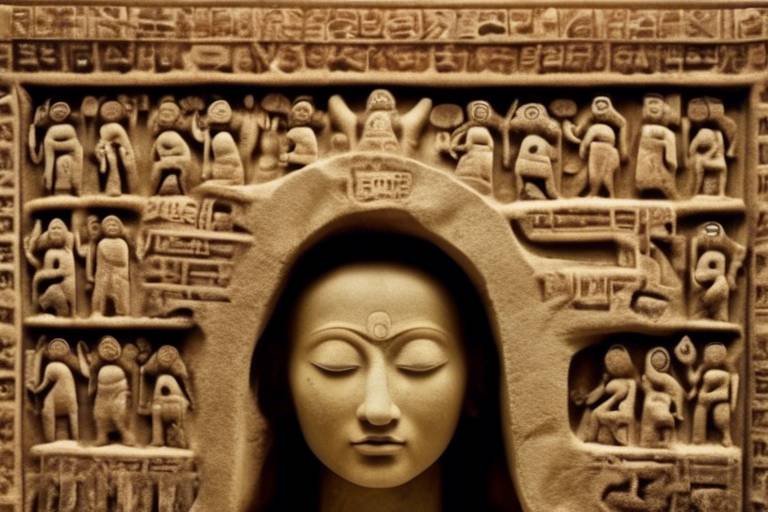The Influence of Ancient Roman Religion on Modern Faiths
Ancient Roman religion holds a significant place in the history of faith traditions, leaving a lasting impact on modern spiritual beliefs and practices. The influence of Roman religious customs extends far beyond the boundaries of the ancient world, shaping the foundation of contemporary faiths in profound ways.
Exploring the rich tapestry of Roman paganism reveals a complex system of beliefs centered around the worship of a pantheon of gods and goddesses. The rituals and ceremonies performed by the Romans were deeply intertwined with their daily lives, reflecting a deep reverence for the numina, the divine forces believed to inhabit all aspects of the natural world.
One of the most intriguing aspects of Roman religion is the adoption of deities by modern faiths. Many ancient Roman gods and goddesses found new life in different religious traditions, with striking parallels between Roman and Greek mythology. The assimilation of these ancient figures into contemporary belief systems highlights the enduring relevance of Roman religious practices.
Rituals and festivals played a central role in Roman religious life, with elaborate ceremonies, sacrifices, and annual celebrations marking key moments in the religious calendar. These practices have left a profound imprint on modern religious rituals, influencing the way in which believers engage with their faith and connect with the divine.
The impact of Roman religious beliefs on early Christianity is a fascinating area of study, revealing the ways in which Christian traditions absorbed and adapted elements of Roman spirituality. From the adoption of certain practices to the incorporation of symbolic imagery, the influence of Roman religion on the development of Christianity is unmistakable.
Symbolism and iconography were integral to Roman religious practices, with symbols, images, and sacred objects playing a crucial role in worship and devotion. The enduring presence of these elements in modern religious art and iconography serves as a reminder of the deep roots that connect contemporary faith traditions to their ancient Roman origins.
Philosophical influences from Roman thinkers have also left a lasting mark on modern faith systems, shaping moral and ethical frameworks that continue to guide believers in their spiritual journeys. The ethical principles espoused by Roman philosophers resonate across time, offering valuable insights into the complexities of human nature and the pursuit of virtue.
The mystical aspects of Roman religion, including practices such as oracles, divination, and the quest for spiritual enlightenment, have left echoes in contemporary spiritual practices. The mystical traditions of ancient Rome continue to inspire seekers on their quest for deeper spiritual meaning and connection with the divine.
Examining the architectural legacy of Roman religious structures reveals a wealth of insights into the design and construction of sacred spaces. The grandeur of Roman temples, shrines, and sacred sites has influenced the architecture of religious buildings throughout history, shaping the way in which believers experience and engage with the sacred.
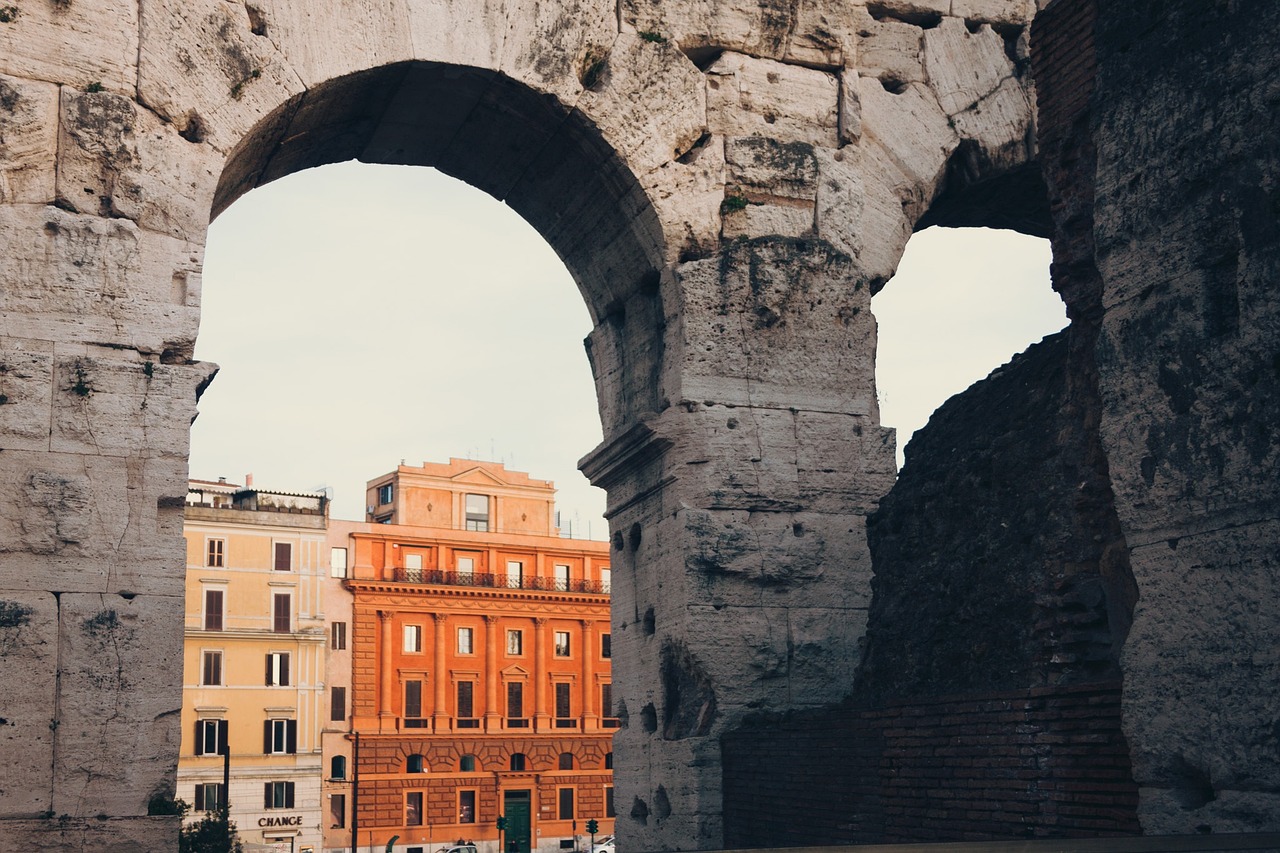
Foundational Beliefs of Ancient Roman Religion
Exploring the lasting impact of Roman religious practices and beliefs on contemporary faith traditions, highlighting the connections and adaptations that have shaped modern spirituality.
The foundational beliefs of ancient Roman religion were deeply rooted in the worship of a diverse pantheon of gods and goddesses. Romans believed in the presence of numina, spiritual forces that resided in all aspects of nature and everyday life. These numina were revered through rituals, prayers, and sacrifices, with each deity governing specific aspects of the world.

Adoption of Roman Deities in Modern Religions
In the vast tapestry of modern faiths, the threads of ancient Roman deities can still be traced, woven into the intricate patterns of belief systems around the world. The adoption of Roman gods and goddesses into contemporary religions reflects a fascinating blend of cultural exchange and spiritual evolution. From the mighty Jupiter to the nurturing Ceres, these ancient deities have found new homes and roles in various faith traditions, adapting to meet the needs and beliefs of different cultures.
One striking example of this adoption is the assimilation of Roman mythology into modern religious narratives. The parallels between Roman and Greek gods and goddesses have led to a rich interplay of stories and symbols that continue to resonate with believers today. The tales of Venus and Aphrodite, Mars and Ares, intertwine to create a tapestry of shared cultural heritage that transcends time and geography.
Moreover, the attributes and domains of Roman deities have been repurposed and reinterpreted in modern religions. The wisdom of Minerva finds echoes in the goddess Athena of Greek mythology, while the protective nature of Juno manifests in various forms of divine feminine energy across different faiths. These adaptations not only honor the ancient roots of these deities but also infuse them with new meanings and significance for contemporary worshippers.
The adoption of Roman deities in modern religions serves as a testament to the enduring power of myth and symbolism in shaping human spirituality. By embracing these ancient figures, believers forge connections with the past and draw inspiration from the timeless wisdom and archetypal energies embodied by the gods and goddesses of Rome.
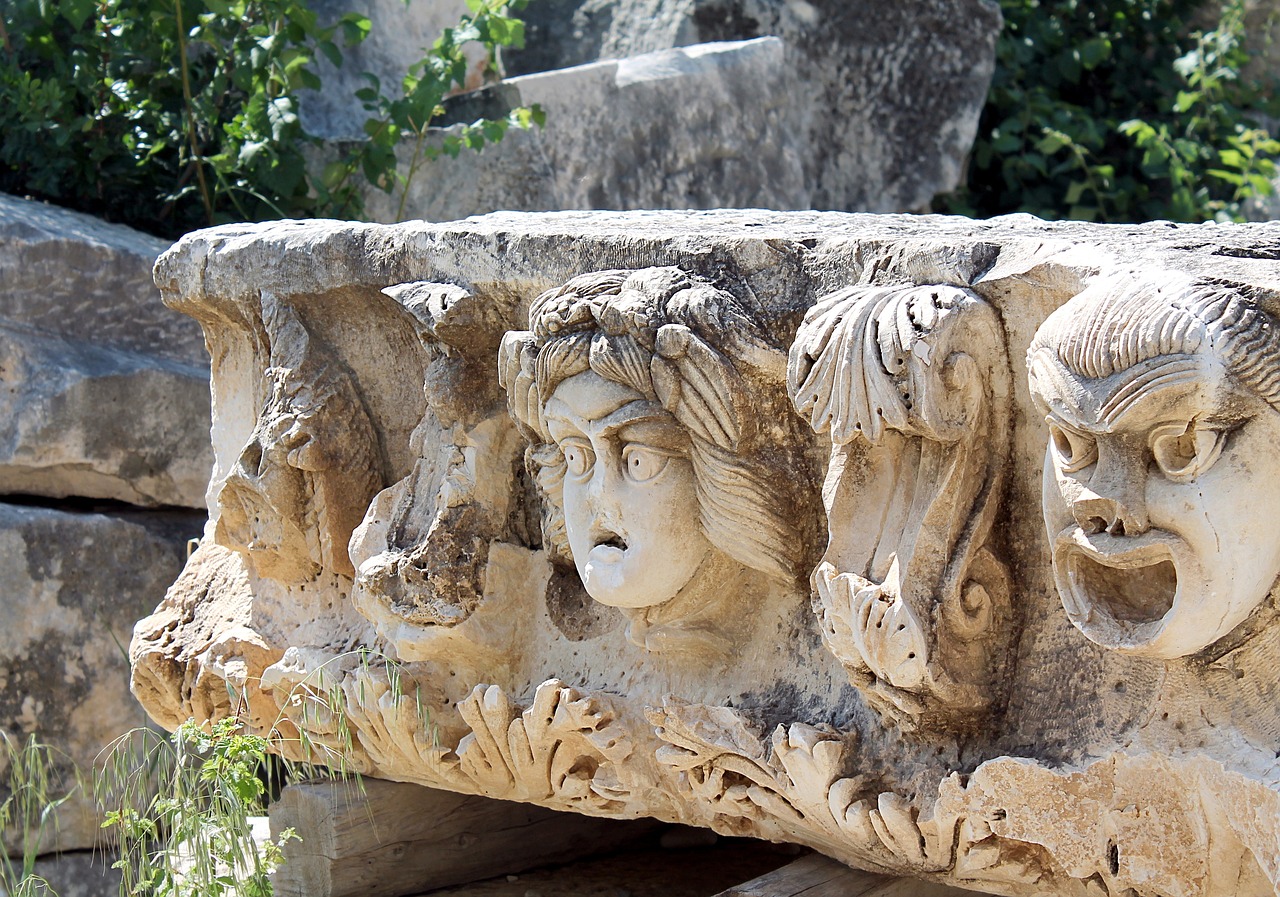
Rituals and Festivals in Roman Religion
Roman religion was rich in rituals and festivals, playing a significant role in the lives of ancient Romans. The religious calendar was filled with various ceremonies and celebrations that honored the gods and goddesses they worshipped. One of the most important rituals in Roman religion was the sacrifice, where offerings such as animals, food, or incense were presented to the deities as a sign of devotion and gratitude.
Additionally, festivals held great importance in Roman religious practices, serving as occasions for communal worship, feasting, and merrymaking. These festivals were often tied to agricultural cycles, marking the changing seasons and seeking divine blessings for a bountiful harvest. For example, the Saturnalia festival was a time of revelry and gift-giving in honor of the god Saturn.
The Lupercalia festival was another notable celebration in Roman religion, dedicated to the god Lupercus and associated with fertility and purification. During this festival, priests would run through the streets striking people with goat skin thongs believed to bring fertility and ward off evil spirits. Such rituals and festivals not only reinforced social bonds but also reinforced the connection between the Roman people and their spiritual beliefs.
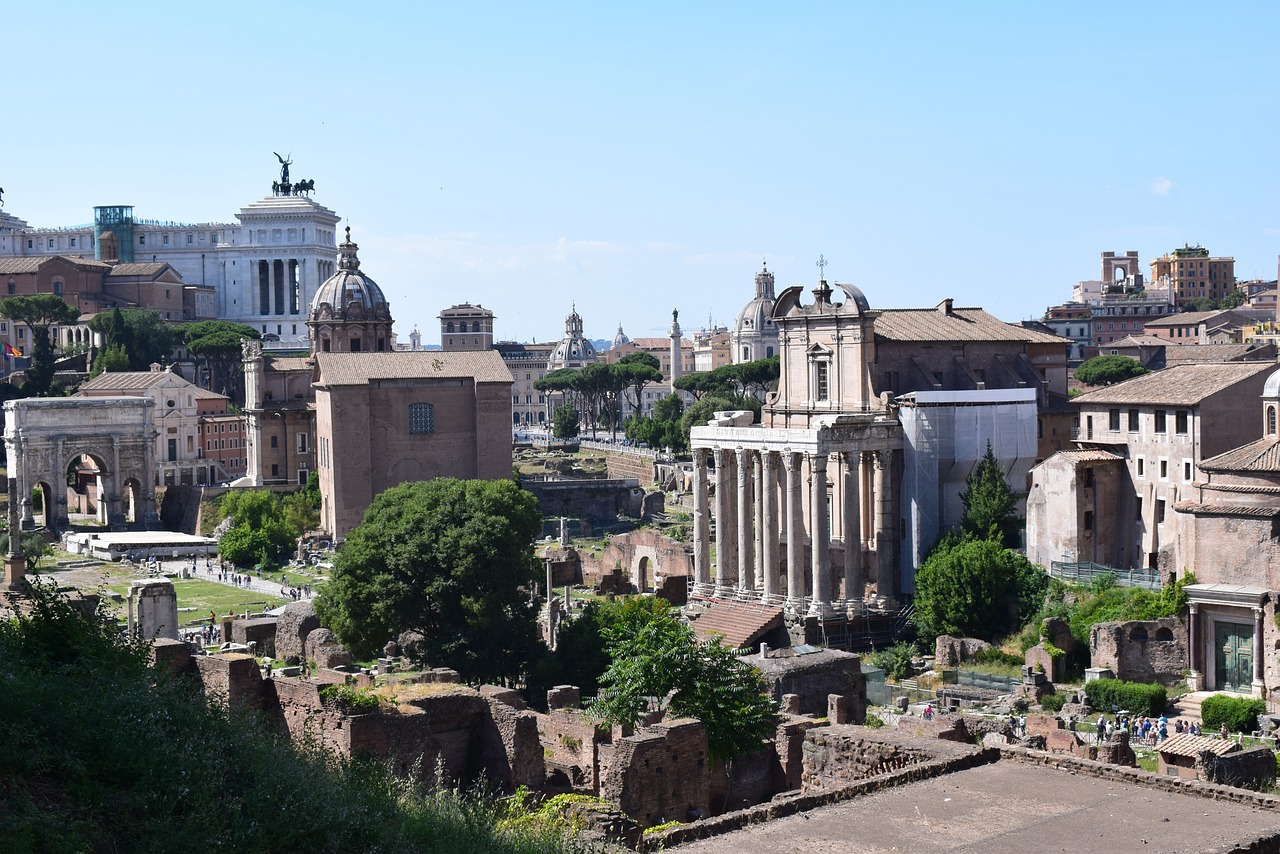
Impact on Christian Traditions
Investigating the ways in which Roman religious customs and beliefs influenced the development of early Christianity reveals a complex interplay between the two faith systems. The adoption of certain practices and symbolism from Roman religion into Christianity showcases how cultural exchange and syncretism shaped the early Christian traditions. For example, the incorporation of Roman festivals like Saturnalia into the Christian liturgical calendar demonstrates the blending of Roman and Christian practices.
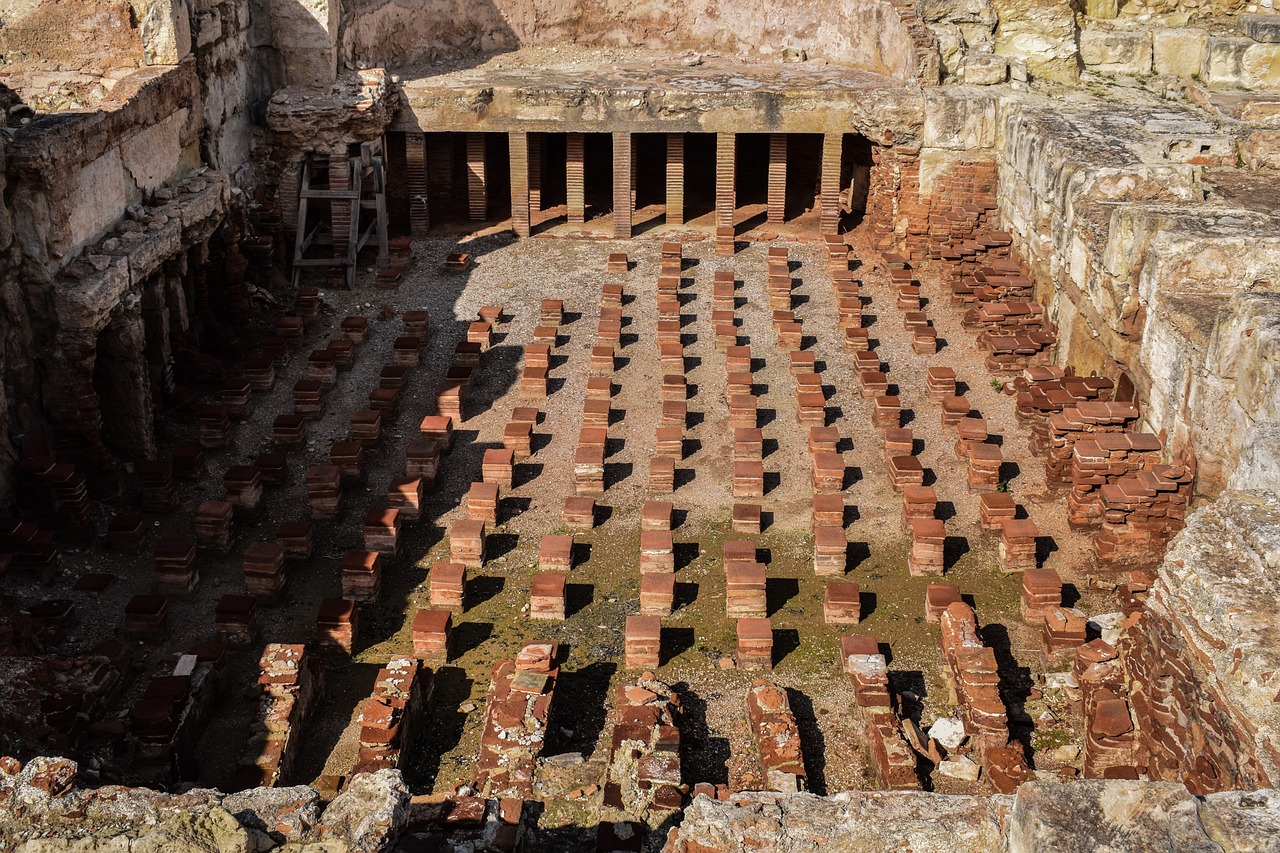
Symbolism and Iconography in Roman Religion
Symbolism and iconography played a crucial role in the religious practices of ancient Rome, serving as powerful tools for conveying spiritual meanings and connecting worshippers with the divine. The use of symbols, images, and sacred objects in Roman religion was rich and diverse, with each carrying specific significance and representing various aspects of the gods and goddesses revered by the Romans.
One of the most iconic symbols in Roman religion was the eagle, symbolizing Jupiter, the king of the gods. The eagle was associated with power, authority, and divine protection, often depicted carrying thunderbolts as a representation of Jupiter's dominion over the sky and storms. This symbol was prominently featured in Roman military standards, emphasizing the connection between the divine and earthly realms in the pursuit of victory.
Similarly, the laurel wreath was a symbol of victory and honor in Roman religious iconography, often worn by triumphant generals and athletes as a mark of their achievements. The wreath was also associated with Apollo, the god of prophecy and music, symbolizing his role as a bringer of light and truth.
Iconography in Roman religion extended beyond symbols to include intricate statues and reliefs depicting deities in various forms and poses. These artistic representations served not only as objects of veneration but also as educational tools, conveying myths and moral lessons to the Roman populace.
The enduring presence of Roman religious symbolism and iconography can be seen in modern religious art and iconography, with many Christian symbols, such as the cross and the dove, having roots in Roman pagan imagery. The use of visual representations to convey spiritual truths and inspire devotion continues to be a powerful aspect of religious expression across different faith traditions.
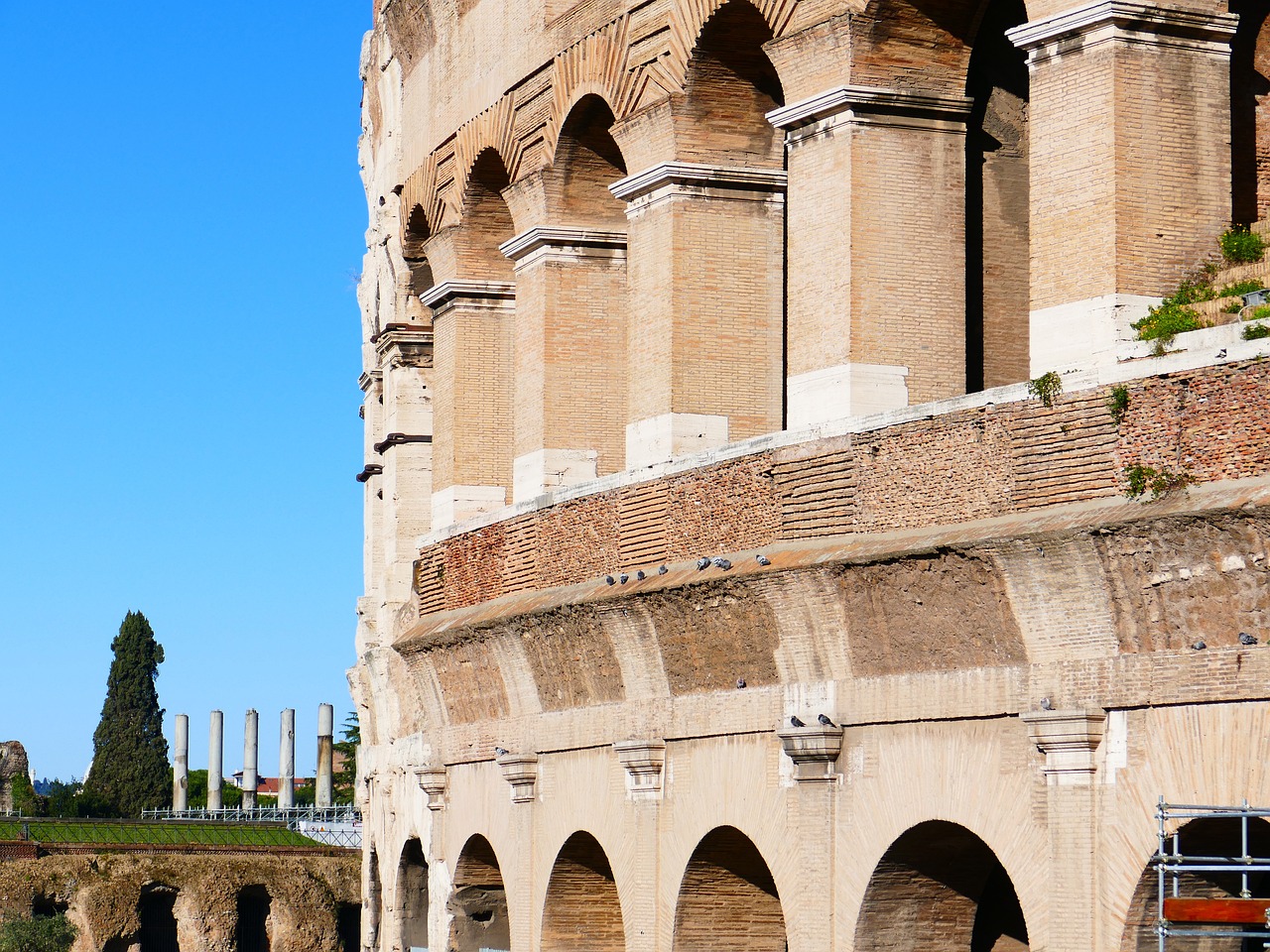
Philosophical Influences of Roman Thought
The philosophical influences of Roman thought have left a profound mark on the development of modern belief systems. Roman philosophers such as Seneca, Cicero, and Marcus Aurelius introduced ideas that continue to resonate in ethical and moral discourse today. Their emphasis on virtue, duty, and the pursuit of wisdom has shaped the ethical frameworks of various religions and philosophical schools.
One of the key philosophical concepts that emerged from Roman thought is Stoicism, which emphasizes self-control, resilience in the face of adversity, and living in harmony with the natural order. This Stoic philosophy has influenced not only Western philosophy but also modern psychology, with practices like cognitive behavioral therapy drawing from Stoic principles.
Moreover, the Roman adoption and adaptation of Greek philosophical ideas, such as those of Plato and Aristotle, further enriched the intellectual landscape of the ancient world. The synthesis of Greek and Roman philosophies laid the groundwork for the development of Christian theology and medieval scholasticism.
Roman philosophical thought also played a role in shaping political theory and governance. Concepts like natural law, justice, and the social contract, explored by Roman thinkers like Cicero, have influenced legal systems and political philosophy throughout history. The legacy of Roman philosophical thought can be seen in the enduring principles of justice, equality, and the rule of law that underpin many modern societies.
**Frequently Asked Questions:**Q: How did Roman philosophy influence early Christian thought?
A: Roman philosophical ideas, particularly Stoicism, provided a foundation for early Christian ethics and concepts of virtue. Many early Christian theologians, such as St. Augustine, drew upon Roman philosophical principles in their theological writings.
Q: What role did Roman philosophy play in shaping modern legal systems?
A: Roman philosophical concepts, such as natural law and justice, have had a significant impact on the development of modern legal theory and systems of governance. The Roman emphasis on the rule of law and principles of justice continues to influence legal thinking today.
Q: How did Roman philosophical ideas differ from those of Greek philosophy?
A: While Roman philosophy was heavily influenced by Greek thought, Roman philosophers often focused more on practical ethics and the application of philosophical principles to everyday life. Greek philosophy, on the other hand, tended to emphasize metaphysical and theoretical inquiries.
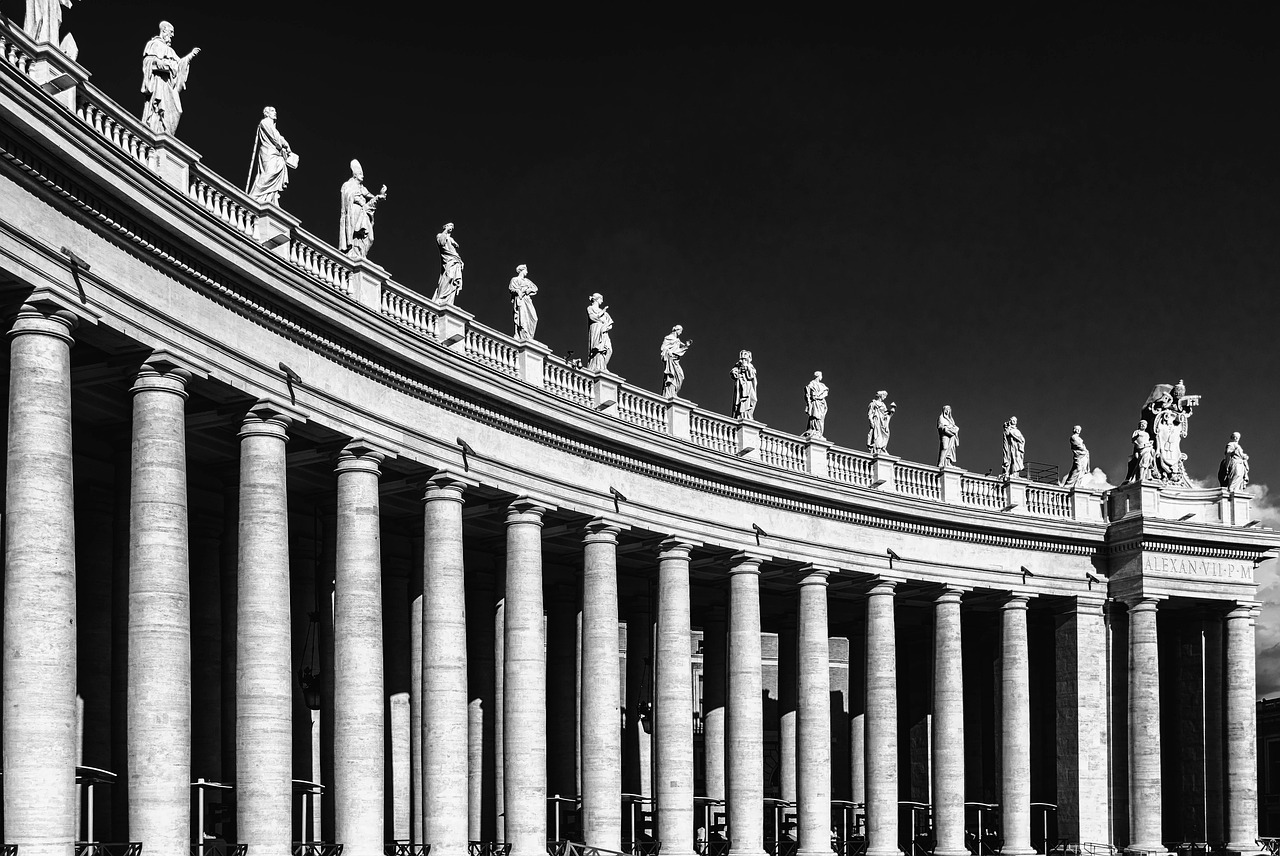
Spiritual Practices and Mysticism in Ancient Rome
In ancient Rome, spiritual practices and mysticism played a significant role in the religious landscape, offering a glimpse into the mystical beliefs and rituals of the time. Romans engaged in various spiritual practices aimed at connecting with the divine and seeking guidance from higher powers. One prominent aspect of Roman mysticism was the practice of divination, where priests interpreted signs and omens to predict the future and make important decisions. The Romans believed in the existence of oracles, individuals believed to have the ability to communicate with the gods and provide insights into the unknown.
Additionally, the pursuit of spiritual enlightenment was a central theme in Roman mysticism, with individuals seeking to elevate their consciousness and connect with the spiritual realm. The concept of numina, divine forces believed to inhabit all aspects of the natural world, influenced Roman spiritual practices and rituals. Romans performed ceremonies and rituals to honor these numina, seeking their favor and protection in daily life.
Furthermore, the practice of augury, which involved interpreting the flight patterns of birds to make predictions, was a common form of divination in ancient Rome. Augurs, individuals trained in the art of interpreting bird omens, played a crucial role in advising political and military leaders on important decisions. The mystical beliefs and practices of ancient Rome reflected a deep reverence for the supernatural and a desire to understand the mysteries of the universe.

Legacy of Roman Religious Architecture
When examining the , one cannot help but marvel at the grandeur and innovation displayed in the construction of temples, shrines, and sacred sites. The Romans were masters of architectural engineering, blending elements of Greek, Etruscan, and their own unique styles to create breathtaking structures that stood as testaments to their devotion to the divine.
One of the most iconic examples of Roman religious architecture is the Pantheon, a temple dedicated to all the gods. Its massive dome, supported by a series of concrete arches, remains a marvel of ancient engineering. The oculus, or open central eye of the dome, allows sunlight to filter into the temple, creating a celestial effect that symbolizes the connection between the earthly and the divine.
Another significant architectural contribution is the Colosseum, originally known as the Flavian Amphitheatre. While primarily used for entertainment such as gladiatorial combat and public spectacles, the Colosseum also held religious significance, with ceremonies and rituals taking place within its walls to honor the gods.
Roman temples were designed to evoke a sense of awe and reverence, with elaborate facades, intricate carvings, and imposing columns. The Temple of Jupiter Optimus Maximus on the Capitoline Hill in Rome is a prime example of this architectural style, showcasing the grandeur and power associated with the Roman pantheon of gods.
Furthermore, the Romans were pioneers in urban planning, incorporating religious structures into the fabric of their cities. Temples were often situated at prominent locations, serving as focal points for religious and civic activities. The Forum Romanum, a bustling public square in the heart of ancient Rome, housed numerous temples dedicated to various deities, underscoring the integral role of religion in Roman society.
Even today, the influence of Roman religious architecture can be seen in the design of churches, cathedrals, and other religious buildings around the world. Elements such as domes, columns, and intricate ornamentation continue to inspire architects and artists, bridging the gap between the ancient past and the present.
Frequently Asked Questions
- What were the core beliefs of ancient Roman religion?
Ancient Roman religion centered around the worship of various gods and goddesses, belief in numina (divine spirits), and the performance of rituals and ceremonies to honor these deities.
- How did Roman deities influence modern religions?
Ancient Roman gods and goddesses were often assimilated into modern faiths, with parallels seen in the adoption of certain deities and mythological elements in different religious traditions.
- What was the significance of rituals and festivals in Roman religion?
Rituals and festivals played a crucial role in ancient Roman religious practices, serving as occasions for ceremonies, sacrifices, and communal celebrations that influenced contemporary religious rituals.
- How did Roman religious customs impact early Christianity?
Roman religious customs influenced the development of early Christianity through the adoption of certain practices, symbols, and beliefs, shaping the foundation of the Christian faith.
- What role did symbolism and iconography play in Roman religion?
Symbols, images, and sacred objects were integral to Roman religious practices, with their use continuing to influence modern religious art and iconography, carrying on the legacy of Roman symbolism.




